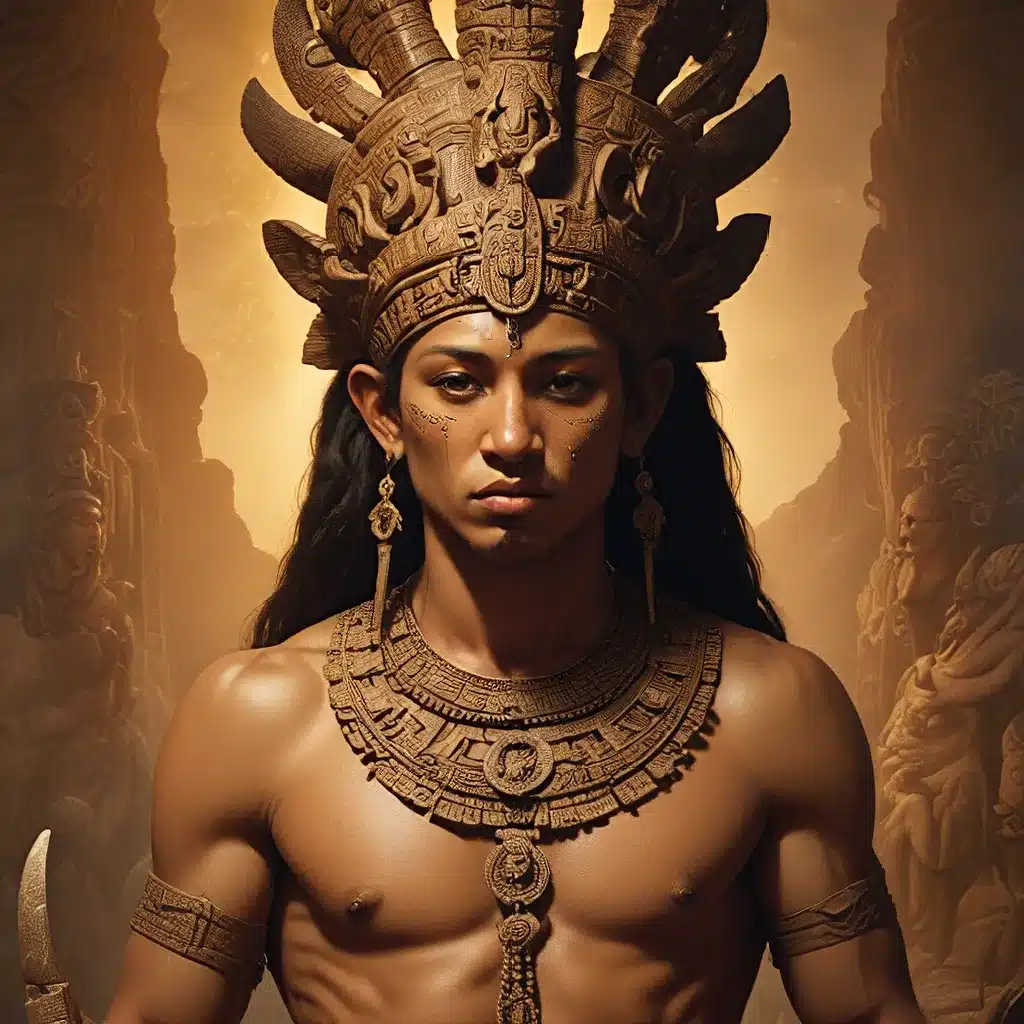
Uncovering the Lost Legacies of Ancient Civilizations
The study of ancient civilizations has long been a captivating pursuit, revealing the rich tapestry of human history and the remarkable achievements of our ancestors. As archaeologists, historians, and anthropologists delve deeper into the remnants of these forgotten societies, they uncover not only the physical artifacts but also the spiritual and mythological foundations that once shaped the worldviews of the people who inhabited them.
One such fascinating aspect of ancient cultures is the complex and often enigmatic pantheons of deities that were revered and worshipped. These primal pantheons, as they are sometimes referred to, represent the diverse array of supernatural beings that were central to the belief systems and daily lives of ancient peoples. From the powerful and awe-inspiring gods to the lesser-known spirits and demigods, these primal pantheons offer a glimpse into the intricate cosmologies and ritual practices of long-lost civilizations.
Recent research has shed light on the intriguing history and potential origins of these primal pantheons, particularly in the context of ancient elven societies. The elves, once revered as a godlike race, are believed to have had a deep connection to the divine and the primordial forces of the cosmos. However, the splintering of their once-unified culture has led to the emergence of diverse elven subgroups, each with their own unique pantheons and spiritual traditions.
Unraveling the Mysteries of the Elven Pantheons
The elves were born directly from the blood of their father deity, Corellon, a fact that is deeply embedded in their very nature and physiology. This divine lineage granted them exceptional longevity and the ability to enter a trance-like state, which allowed them to connect with Corellon and access their inner divinity.
However, as the elven race splintered into various subgroups, such as high elves, wood elves, drow, eladrin, sea elves, and shadar-kai, the once-unified primal pantheon fractured and evolved into distinct sets of deities and beliefs. This splintering is a source of great mystery and speculation, as the exact events and catalyst that led to this divergence have been lost to time.
One intriguing theory suggests that the betrayal of the Summer Queen by a primal elf known as the Dark Crow may have been a pivotal moment in this splintering process. The darklings, a humanoid fey race, are believed to have been primal elves who were cursed for their treachery, leading to their transformation and the loss of certain elven traits, such as resistance to being charmed.
Furthermore, the role of the Raven Queen, an enigmatic figure who was once an elf queen before ascending to a godly status, has been the subject of much speculation. Some scholars believe that the Raven Queen may have been the Queen of Air and Darkness, the ruler of the Gloaming Court, who sought to manipulate the souls and magic of her people to elevate her own power, ultimately leading to her banishment to the Shadowfell.
Exploring the Diversity of Primal Pantheons
The primal pantheons of ancient civilizations, including the elven societies, were not limited to a single set of deities. Instead, they often encompassed a diverse array of supernatural beings, each with their own unique domains, abilities, and levels of power.
In some pagan and polytheistic religions, the primal pantheons include not only the major deities but also a vast array of lesser-known spirits, demigods, and even personified aspects of the natural world. This reflects the holistic and interconnected worldview of these ancient societies, where the divine and the physical realms were seen as inextricably linked.
The eladrin, for example, are described as beautiful manifestations of the Feywild, each representing the intensity of a particular season. Their Fey Step ability, which is similar to the Misty Escape feature granted to warlocks by an Archfey patron, suggests a deep connection between these elven subgroups and the fey realm.
Similarly, the darklings, with their ability to transform into taller and fairer forms reminiscent of drow, their darkvision, and their affinity for stealth and ambush tactics, seem to bear the hallmarks of a primal elf lineage that has been irrevocably altered by their betrayal of the Summer Queen.
The Enduring Legacy of Primal Pantheons
As archaeologists and scholars continue to uncover the remnants of ancient civilizations, the study of primal pantheons has become increasingly important in understanding the complex spiritual and cultural landscapes of these long-lost societies. These primal pantheons not only shed light on the beliefs and practices of our ancestors but also offer valuable insights into the enduring human quest for meaning, connection, and the divine.
The Lost Kingdoms, a website dedicated to the exploration of ancient history and archaeology, has been at the forefront of this endeavor, providing a platform for the dissemination of cutting-edge research and the discussion of emerging theories. By delving into the mysteries of primal pantheons, we can gain a deeper appreciation for the rich tapestry of human history and the diverse ways in which our ancestors sought to make sense of the world around them.
Through the careful analysis of elven lore, the examination of fey creatures, and the exploration of the Raven Queen’s elusive origins, we can begin to unravel the complex and often enigmatic splintering of the primal elves and the profound impact it has had on the spiritual and cultural development of ancient civilizations. This pursuit not only satisfies our curiosity but also helps us to better understand the enduring legacies of these primal pantheons and their relevance in the modern world.


